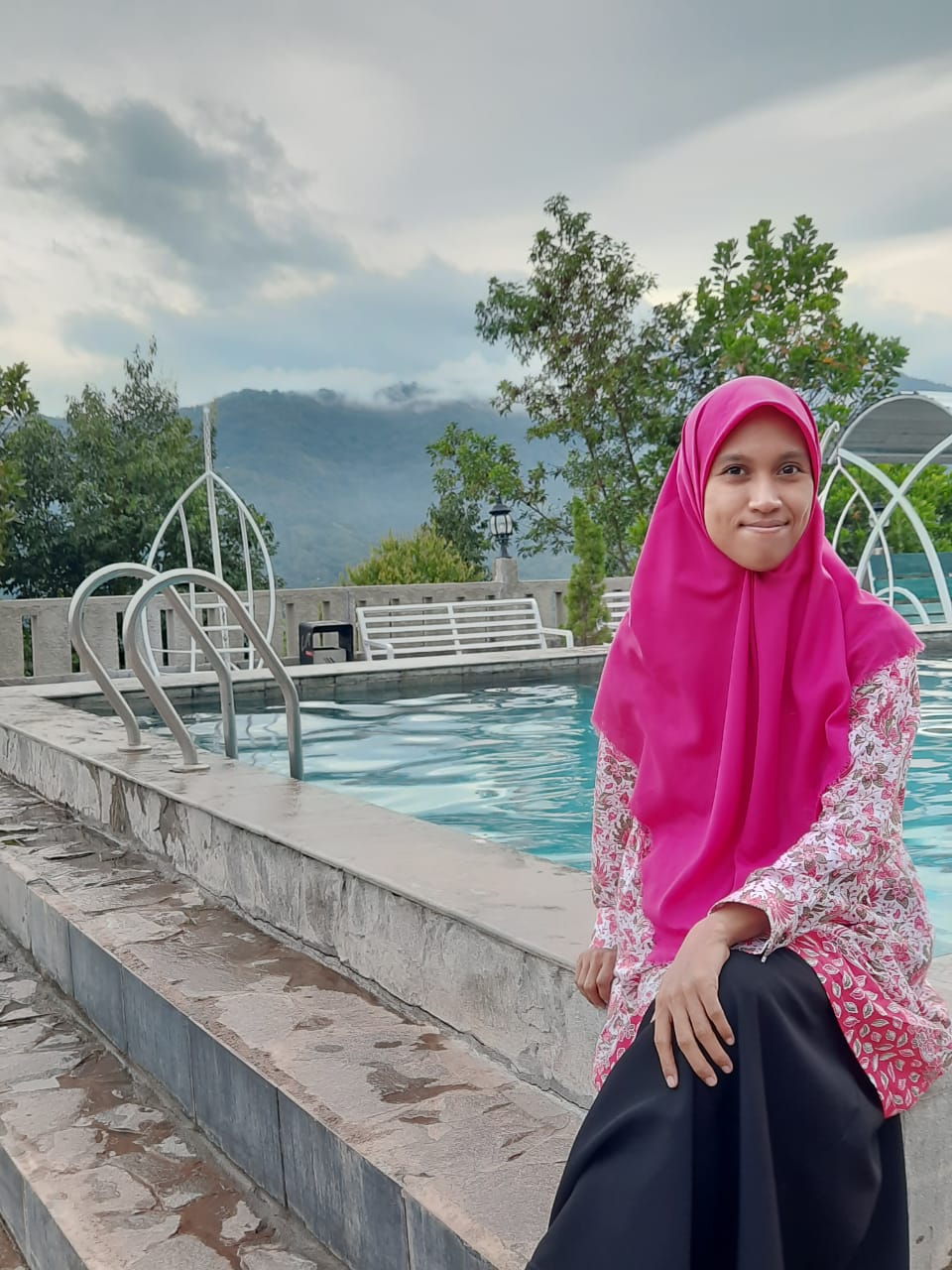Improving Speaking Skill through Peer Tutoring Strategy to Members of An English Meeting Club
DOI:
https://doi.org/10.46870/lets.v2i1.147Keywords:
Peer Tutor Strategy, Speaking SkillAbstract
English speaking skill helps people to communicate and interact with other people. The objective of the research is to know whether peer tutoring strategy is able to or not to improve the speaking skill of members of YEMC of MTs YMPI Rappang in learning speaking through peer tutoring strategy. This research used pre-experimental method by one group pre-test post-test design. The population was the members of YMEC of MTs YMPI Rappang. The sample of this research was 20 members. The technique of sampling was total sampling technique. The data was analyzed by using SPSS version 17 computer software and the second question was analyzed by using questionnaire. The result calculation of mean score pre-test of students was 7, and mean score post-test of students was 10,35. It showed that members' seapking skill was improved. The result finding that SPSS output for paired sample t-test= 11,513 and sig (2-tailed) = 0,000. This out reveals that sig= 0,000 was lower p-value= 0,05. It showed the alternative hypothesis (Ha) is accepted, which t-test value (11,513)was greater than t-table value (2,093). Based on data analysis, the researcher concluded that through peer tutoring strategy can improve the speaking skills at members of YEMC of MTs YMPI Rappang. Based on the calculation, peer tutoring strategy has a very strong influence to improve the members speaking skill.
References
Afifah, Nur. (2011). Strategi Pembelajaran Tutor Sebaya Untuk Meningkatkan Hasil Belajar Matematika Anak Berkesulitan Belajar kelas III a SD Negeri Kepatihan Surakarta Tahun Pelajaran 2010/2011. Surakarta.
Akdon, Riduwan. (2002). Rumus dan Data dalam Analisis Statistika. Bandung: Alfabeta.
Aswad, M.,Nurchalis, N. F., Yassi, A. H., Nasmilah., Pammu, A., Arbain. (2020). Common Silent Consonant Letters Pronounced Incorrectly by Freshmen of English Education Program. The Asian EFL Journal, 27(1), 145-158
Ching, Chen and Liu,Chan-Cheng. A case study of peer tutoring program in higher education. http://www.aabri.com/manuscripts/11757.pdf.
Damaianti, Syamsuddin AR, Vismaia S. (2009). Metode Penelitian Pendididkan Bahasa, Bandung.
Douglas, H Brown. (1994). Principle of language Learning and Teaching. New York: Prentice Hall Regents Englewood Cliffs.
Douglas, H.Brown. (2001). Teaching By Principles: An Interactive Approach To Language Pedagogy. Sanfransisco State University: Longman.
Heaton,J.B. (2001). Writing English Language Test. New York: United States of America: Longman Inc.
Idris, A. M. S., Juddah, A. B., & Nurhamdah, N. (2020). Comparing between Total Physical Response and Silent Way Method to Develop Students’ Speaking Ability. LETS: Journal of Linguistics and English Teaching Studies, 1(2), 107-114. https://doi.org/10.46870/lets.v1i2.26
M. Anette, Tudor. Peer tutoring handbook for tutors and mentor teachers. London.
M. Brian, Esteve. (2005). Reciprocal peer tutoring and treatment integrity of elementary school students. Lousiana: Lousiana State University.
Morrow, Keith, Influence of Simulation Game. (1981). (http ://mahmud09-action.blogspot.com/2011/10/influence-of-simulation-game-towrds.htm).
Muthi’ah, Muthi’ah, Syamsul Arif Galib. (2020). Students’ Perception on the Use of Humor in English Teaching Process. ETERNAL (English, Teaching, Learning, and Research Journal). Volume 6. (Number I). 111-120. https://doi.org/10.24252/Eternal.V61.2020.A10
Nurchalis, N. F., Selviana., Riza, E. A. (2019). Activating Students to Speak English by Using ELTIS Resource Pack. Loquen: English Studies Journal, 12 (2). 76-84. http://jurnal.uinbanten.ac.id/index.php/loquen/article/view/2092. doi: http://dx.doi.org/10.32678/loquen.v12i2`.2092
Opuda, Meghan, Swam. (2014). Effect of peer tutoring on the reading fluency and comprehension of seventh grade student. Farmington: University of Southern Maine.
Oxford. (2003). Oxford learner’s pocket dictionary. London: Oxford University Press.
Rasdiana, R., Ansari, R. A., & Putra, A. M. (2019). Applying Two Stay Two Stray (TSTS) Techniques by Using Picture Series to Improve Students’ Speaking Skill. LETS: Journal of Linguistics and English Teaching Studies, 1(1), 10-24. https://doi.org/10.46870/lets.v1i1.9
Sardi, Ahmed. (2012). Applying the Knowing by Heart Strategy to Build up Student’s Vocabulary Mastery of SMPN 2 Patampanua for the second year. Parepare.
Sudirman, A. M., Junaid, R., & Tamallo, I. I. (2020). The Correlation between Students’ Self-Confidence and Speaking Performance. LETS: Journal of Linguistics and English Teaching Studies, 1(2), 80-90. https://doi.org/10.46870/lets.v1i2.28
Syamsuddin AR, Vismaia S. Damaianti. (2009). Metode Penelitian Pendididkan Bahasa. Bandung.
Trimara, Anton (2012). Improving reading comprehension on the tenth grade students of SMK Nasional Pati in the academic year 2012/2013 taught by using classwide peer tutoring.
Uswatunnisa. (2016). The Influence of Bahasa Mandar towards Students’ English Pronunciation (Case Study on Students of Junior High School 1 Tinambung, Polewali Mandar) 175-182. Semarang: Balai Bahasa Jawa Tengah. http://eprints.undip.ac.id/55800/1/PROCEEDING_OF_INTERNATIONAL_SEMINAR__LAMAS_6._Uswatunnisa.pdf
Vidhiasi, Dhion Meitreya. (2020). Google Classroom for English Conversation at Akademi Maritim Nusantara Cilacap. Jurnal Saintara. Volume 4. (Number 2). 1-4. https://amn.ac.id/ojs/index.php/saintara/article/view/12/6
Downloads
Published
Issue
Section
License
Copyright (c) 2022 Alim Akkas

This work is licensed under a Creative Commons Attribution-NonCommercial-ShareAlike 4.0 International License.












